I wrote this article in Japanese and translated it into English using ChatGPT. I also used ChatGPT to create the English article title. I did my best to correct any translation mistakes, but please let me know if you find any errors. By the way, I did not use ChatGPT when writing the Japanese article. The entire article was written from scratch by me, Saikawa Goto.
Introduction
Movies and books covered in this article

Three takeaways from this article
- This shocking art documentary is full of thrilling and dramatic developments that are hard to believe are true.
- Did Leonardo da Vinci himself paint “Savior,” or was it one of his disciples?
- A stunning turn of events that would not have resulted in a winning bid of $450 million if anything had been even slightly different.
Self-introduction article


Published Kindle books(Free on Kindle Unlimited)
“The genius Einstein: An easy-to-understand book about interesting science advances that is not too simple based on his life and discoveries: Theory of Relativity, Cosmology and Quantum Theory”
“Why is “lack of imagination” called “communication skills”?: Japanese-specific”negative” communication”
The quotes used in this article are based on notes taken at the movie theater from movies in Japanese and are not direct quotes from the foreign language original movies, even if they exist.
The Excitement and Truth Behind the “Male Mona Lisa,” Which was Sold for the Highest Price in Art History of 51 Billion Yen

It was a very interesting movie. “Salvator Mundi,” also known as the “male Mona Lisa,” which was said to be by Leonardo da Vinci, became a hot topic. This painting was “sold for $450 million, the highest bid in the history of the art world,” and it seems that the news was reported widely in the general public, but I had no idea. I had no idea that such a grand story existed behind a single painting. I “am interested in art but do not have detailed knowledge,” but “The Savior For Sale” is a documentary film that even such a person can enjoy. It is a film that gives us a glimpse into the depths of the art world, also known as the “suspicious kingdom of darkness,” and is so surprising in its development that it almost seems fictional.

Now, before getting into the content, let me first praise the structure of this movie. The beginning of the movie features footage that summarizes the important points, and it was very well done. Thanks to this depiction at the beginning, even those who are not familiar with art can be quickly drawn into the content.
In both movies and books, there are many works with a chronological structure, but in such cases, there is a risk that the audience or reader may lose interest before getting to the core part. In the movie “The Savior For Sale,” by placing a condensed preview-like footage of the interesting points at the beginning, it successfully arouses curiosity about “what will happen next.” I felt that this structure was wonderful.
Basically, after this beginning, the situation is explained in chronological order, but since the words or scenes that were of concern in the beginning were touched upon, the interest is sustained.
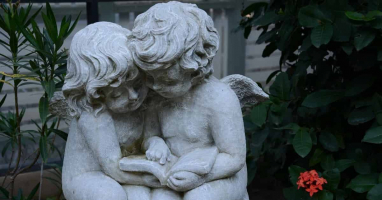
So, in this article, I would like to summarize the important points in an easy-to-understand way.
An art piece was discovered at a private residence. An art dealer who purchased the piece for about $1,200 suggests that it may be a work by Leonardo da Vinci, which has long been called a “Lost Masterpiece” in the art world. Various discussions arise about its authenticity, but the piece ultimately sells for about $450 million, the highest price in art history. But is this really a work by Leonardo da Vinci?
What do you think? Even with just this setup, wouldn’t you be interested?
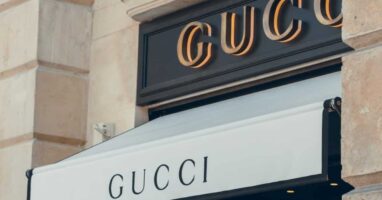
Two Important Elements to Understand the Movie “The Savior For Sale”
For those who are not knowledgeable about art like me, I will first introduce two important elements to watch this movie. They are the following two points. By the way, in this movie, the painting in question is generally called “Savior,” so I will follow that in this article.
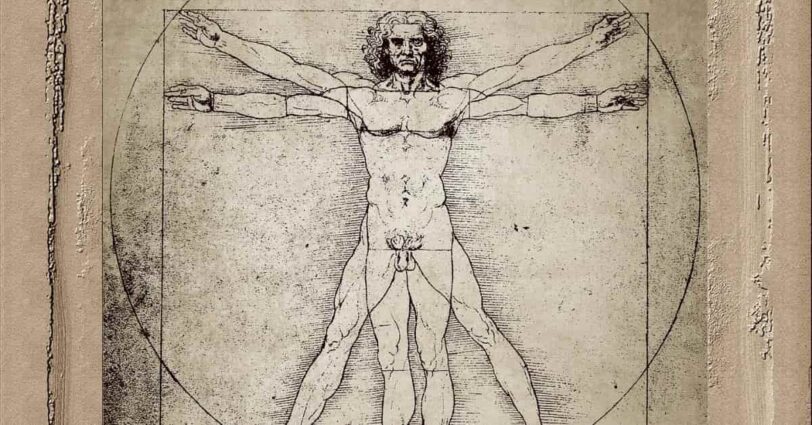
- Why is “Savior” called a “Lost Masterpiece” and thought to “exist”?
- What is the problem of “authenticity” that it is Leonardo da Vinci’s work?

Let’s continue the story from earlier.
Before it was auctioned off for $450 million, the painting called “Savior” had been rumored to exist even before it was discovered in someone’s private residence. In other words, it was a “painting that should exist somewhere in the world but has not been found,” and for that reason it was called a “Lost Masterpiece.
But why was a painting that hadn’t even been found thought to exist in the first place? The reason has to do with a work called “Hollar’s Copper Plate Engraving.”

In the 1600s, there was a copper engraver named Hollar. He created a certain copper engraving and included it in an illustrated catalog, where he wrote “Leonardo da Vinci painted” in the description. Later on, this work came to be interpreted as a “copper engraving that reproduced a work by Leonardo da Vinci.” In other words, it became believed that “there is a painting that served as the basis for Hollar’s Copper Plate Engraving, and it was created by Leonardo da Vinci.”
“Savior” was a topic of discussion in the art world even before its existence became known. And when a painting that resembled “Hollar’s Copper Plate Engraving” was put up for auction on the website of a small auction company in a rural area, a certain art dealer discovered it and the story began to unfold.

Let’s move on to an explanation of the issue of “authenticity” in the latter. In regards to this point, at the beginning of the movie, the main points were not explained well, and it was difficult to understand what the problem with the “authenticity” of “Savior” was. I think that if you understand this point before watching the movie, you will be able to understand it smoothly.
The point is actually quite simple. That is, whether it was “painted by Leonardo da Vinci himself” or “made in Leonardo da Vinci’s workshop”.
Leonardo da Vinci had his own workshop and had his disciples make various things there. And those works were presented to the world as “made in Leonardo da Vinci’s workshop”. As an image, you can imagine a division of labor among comic book artists. The more popular the manga, the more assistants the manga artist should have, and they should be drawing backgrounds and such. However, all of those works are presented as the work of that manga artist. “Made in Leonardo da Vinci’s workshop” can be understood with such an image.

If you are a manga artist, even if you have assistants draw the backgrounds, the core parts such as characters and story are likely to be thought up by the manga artist themselves, so it will be perceived as the manga artist’s own work. However, in the case of “Leonardo da Vinci’s workshop works”, even if there is guidance and advice from Leonardo da Vinci, there are cases where all of it is drawn by his disciples. In other words, the value differs greatly between “Leonardo da Vinci’s work” and “Leonardo da Vinci’s workshop works”.
In the movie, it was agreed that “Savior” was undoubtedly created in Leonardo da Vinci’s workshop, but there is room for discussion about whether it is a “work by Leonardo da Vinci” or not. In other words, the question of “authenticity” in “Savior” is whether it was drawn by Leonardo da Vinci himself, not his disciples.
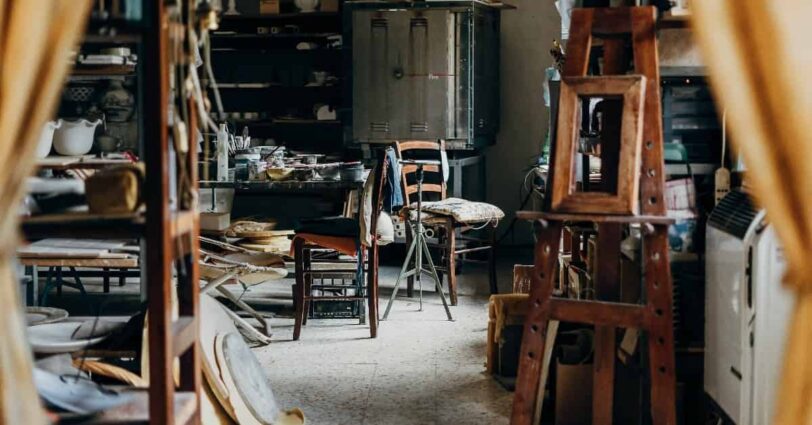
If you only watch the movie, it may take a considerable amount of time to understand this point, so it will be helpful to have this knowledge for easier understanding.

The History of “Savior” Being Exhibited at the National Gallery
Now, let’s roughly overview the trajectory that “Savior” followed in the order depicted in the movie.
The person who made the opportunity was an art dealer named Robert Simon. His basic job is to “search for misunderstood or misidentified paintings.” What he discovered on April 9th, 2005 was a painting that would later be called “Savior.” It was listed in the catalog of a small auction company in Louisiana, and the description said it was either a copy or one painted in later years.
Robert, who naturally knew about “Hollar’s Copper Plate Engraving,” thought that this might be the “Lost Masterpiece.” So he won the auction for about $1200 and spent two years restoring it. And in the process, he discovered something amazing.
It had two thumbs.
While there are several possibilities worth considering, in the end, he made the following judgment: the reason there are two thumbs is because one is a sketch, and if a sketch remains, he believed that it was undoubtedly drawn by Leonardo da Vinci himself.

Now, considering Robert’s judgment with an understanding of the issue of “authenticity” from earlier, it may seem that he is jumping to conclusions a bit. This is because there is a possibility that while the sketch may have been drawn by Leonardo da Vinci, the entire painting may have been done by one of his students, and the judgment that “it must be da Vinci’s work because there is a sketch” is not entirely clear. Even his students would make sketches.
However, as I mentioned earlier, in this movie, the explanation of the crucial point of “authenticity” is made later in the second half, so at this point, I did not question Robert’s judgment. I thought to myself, “I see, that must be how it is.”

Now that Robert has some confidence, he probably wants to leave the appraisal to experts. In 2008, he contacted the National Gallery in London. Interestingly, at this time, the National Gallery was in the midst of preparing for the “Da Vinci Exhibition” scheduled for 2012. And at the suggestion of a curator who led the project, five experts from three countries were gathered to appraise the “Lost Masterpiece.”
However, even with the appraisal by the five experts, a clear conclusion was not reached. One of the five was convinced that it was “a work by Leonardo da Vinci,” one believed that it was “not a work by Leonardo da Vinci,” and the remaining three took a position of judgment pending. From this result alone, it is clear that the issue of “authenticity” has not been resolved.

But the situation moved greatly. It is said that they will exhibit an unclear “Savior” of “authenticity” at the “Da Vinci exhibition”. Two elements are involved in this background.
One is that Kemp, an expert who claimed “It is definitely a work by Leonardo da Vinci,” is a famous person. He, appeared in the movie, declared that he had no doubt that it was a work by Leonardo da Vinci, based on his experience of being appraised by five experts. However, I feel that the basis for this is very intuitive and ambiguous, perhaps because I am not familiar with art.

The other is the “ambition” of the curator who planned the “Da Vinci exhibition”. He seems to be a person with a strong desire for promotion, and I think he prioritized “popularity” over “authenticity”. The curator also boldly stated, “Let’s exhibit it and have the visitors see it to determine if it is genuine.” It is impossible for ordinary visitors to judge “authenticity”, but he seemed to suggest that it was desirable, making him seem very suspicious to me.
Regardless of the circumstances, the fact that it was exhibited at the famous National Gallery indirectly increased the “authenticity” of “Savior”. When I think about it, including the timing when Robert requested the appraisal, everything was exquisite. Really, if the timing had been even slightly off, the final bid of 51 billion yen would not have been reached. In that sense, I felt that it was an incredible true story.

The History Behind “Savior” Worth $450 Milliom
Now, after the exhibition at “Da Vinci exhibition” ended, “Savior” returned to Robert. Afterwards, he tried to sell the painting and approached famous art dealers to reach out to museums and billionaires. Despite setting a selling price of $180 million and contacting various potential buyers including the Vatican, unfortunately, no one was interested in purchasing it.
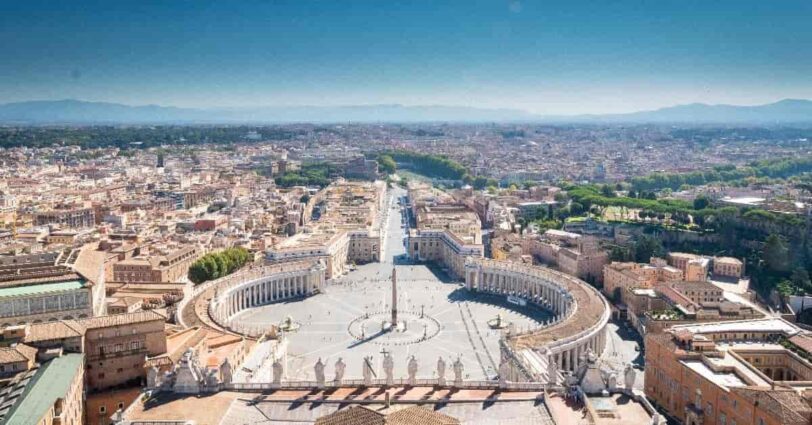
However, one day, a person who wanted to buy “Savior” appeared. It was a Russian man named Yves, who was a representative of a certain billionaire. In the world of art, the anonymity of the seller and the buyer is highly valued. Even this time, the billionaire who wanted “Savior” did not appear publicly, and Yves became the main negotiator for the sale of “Savior”.
Yves is referred to as the “man called the right-hand man,” and his story is also very interesting. I won’t go into it in depth in this article because it’s not the story of “Savior” itself, but it does lead to a somewhat unexpected turn of events. He can be said to embody the “shady kingdom of darkness” itself.

Now, normally, the story about this painting could have come to an end when the tycoon purchased “Savior” through Yves. However, due to Yves (or perhaps it should be said from the perspective of “Savior,” “thanks to Yves”), it didn’t happen. “Savior” ended up reappearing on the art market.
The central figure that comes after this is Loic, who is introduced as a “marketing genius.” He works for an auction company and used every trick in the book to sell “Savior.” And his efforts paid off, as it achieved the highest auction price in art history.
One of the tricks he used was very simple. He put “Savior” up for auction in the “Contemporary Art” section rather than the “Classical Painting” section. If it had been put up for auction as a classical painting, it would have had to deal with customers who had knowledge of things like “authenticity” and it would have been complicated. However, contemporary art customers don’t have that kind of knowledge. This is because works are often bought and sold based on the artist’s name. If “Savior” had been put up for auction as a classical painting, it certainly wouldn’t have fetched a price like $450 million. Loic’s attempt can be said to have been a great success.

The story continues even after it was sold for the highest price. Following the National Gallery in the UK, it was decided that a “Da Vinci exhibition” would be held at the Louvre Museum in France. Of course, attention would be focused on “Savior.” However, various considerations were involved, and it became a huge commotion that went beyond just “how to handle one piece of art.”
The movie ends there, but “Savior” should still be with the person who paid $450 million for it. It’s a fascinating question what kind of story “Savior” will live from now on.
The Difficulty of the “Authenticity” Issue and the Gray Zone of the “Expression Problem”
The focus of the movie is, after all, on the issue of “authenticity.” It made me feel that it’s a very difficult area even for experts, with differing opinions on the matter.
In the case of the protagonist of this movie, “Savior,” there is no problem with “authenticity.” “Authenticity” refers to whether something is real or fake. At least it is certain that “Savior” was “born in Leonardo da Vinci’s workshop,” so in that sense, it is “authentic.” The remaining problem is whether the painting was “painted by Leonardo da Vinci himself” or “painted by his disciple,” and this judgment is very difficult.
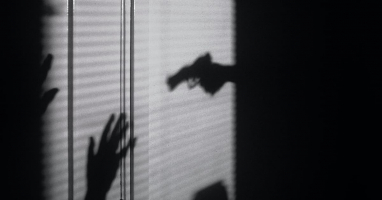
In the movie, a character says,
This is a profitable made-up story. I used my title to generate a large sum of money.
This is precisely the “expression problem.”
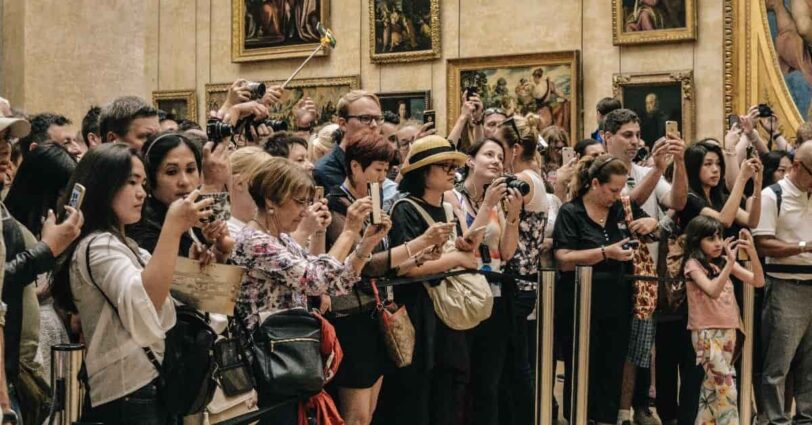
Until I watched this movie, I wasn’t aware that there was a question of whether it was “by Leonardo da Vinci” or “by a disciple of Leonardo da Vinci”. People like me who aren’t familiar with art might have that same understanding. In other words, the above-quoted claim is that the artist has created a value of $450 million by describing “Savior” in such a way that it could be taken as if it were painted by Leonardo da Vinci himself, without suggesting the possibility that it is a workshop work.
Those with knowledge would be able to have a question whether it was really painted by Leonardo da Vinci or if it was a studio work, even if it’s written as “by Leonardo da Vinci”. However, those without such knowledge wouldn’t even have that question. And they have successfully used such ambiguity to make “Savior” appear to have value. Perhaps in the industry, the feeling is that “the ones who were deceived are at fault”. It felt like a terrifying world to step into.

By the way, in the movie, it’s explained that the Louvre Museum conducted a detailed scientific investigation on “Savior”, but the museum apparently doesn’t officially acknowledge that fact. You can understand it if you watch the movie, but there is a very difficult problem that France has faced here. The Louvre Museum probably had no choice but to say that they “didn’t conduct an investigation”.
Thus, this story of a single painting found in a private home has evolved into a big problem that shakes the relations between nations. The movie surprised me with its grandness and a whirlwind of events that could only seem like fiction.
Conclusion
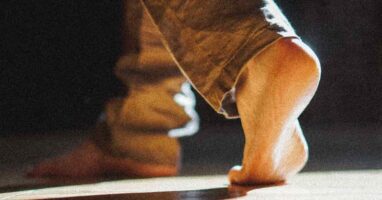
Personally, I think “If it’s a work of art that you feel you like, that’s fine” but if you see art as a “investment,” you can’t say that. The complex world that exists because of the delicate balance between romance and practicality is revealed through the incredible true story surrounding “Savior.” Even those who are not familiar with art can find it interesting to watch.
Please try to experience the “extremely abnormal world” that really exists.

Published Kindle books(Free on Kindle Unlimited)
“The genius Einstein: An easy-to-understand book about interesting science advances that is not too simple based on his life and discoveries: Theory of Relativity, Cosmology and Quantum Theory”
“Why is “lack of imagination” called “communication skills”?: Japanese-specific”negative” communication”

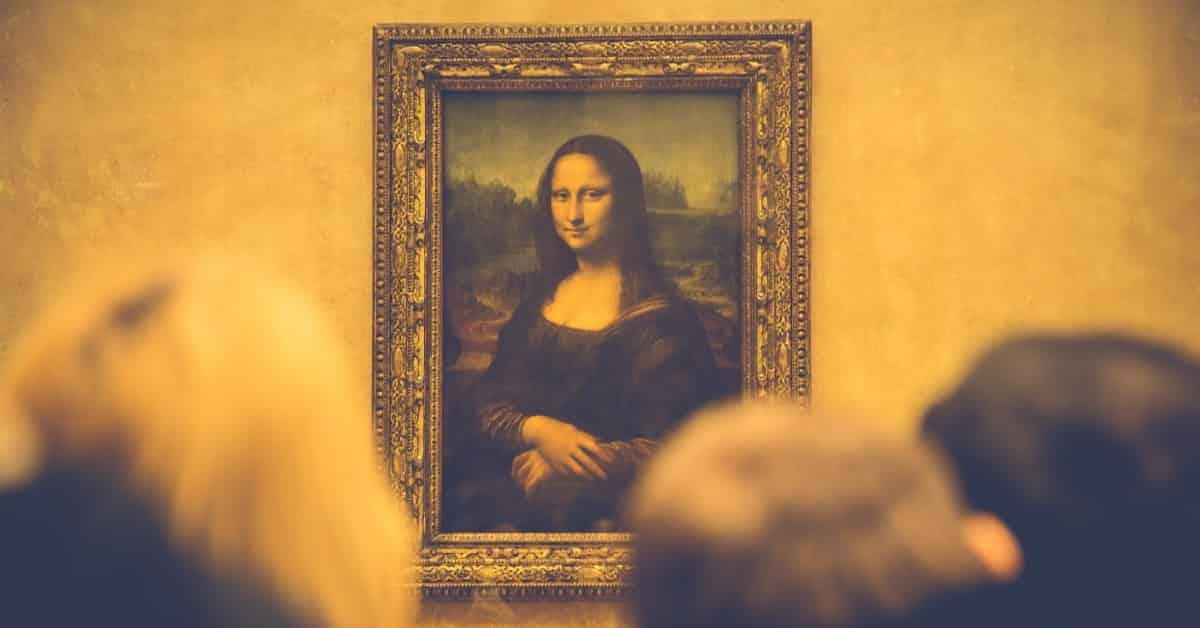





コメント